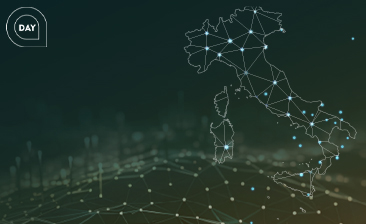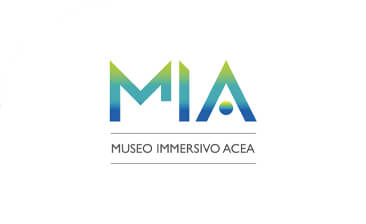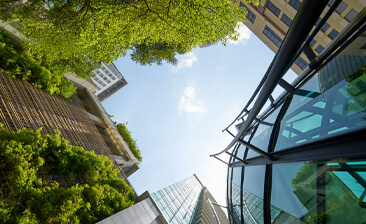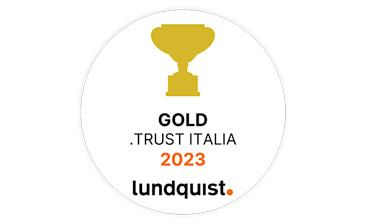
Acea for World Energy Saving Day
Human right to water was recognized by the United Nations in 2010: access to blue gold is considered a fundamental right and is one of the Sustainable Development Goals (SDG number 6).
Water is a precious resource because its availability is not always guaranteed to everyone.
Italians are very fortunate: the quality of Italian tap water is one of the best in Europe. Vito Felice Uricchio, director of IRSA (Institute for Water Research), said: “Checks are very strict along the entire network, from abstraction to the pipes that reach our homes”. In Italy, 85% of drinking water runs underground and is subject to long control processes conducted by Health Authorities and water service providers. The citizens of Rome know this well: the quality of the water is excellent in the Eternal City.
Acea plays a central role across the national territory: it manages the entire water cycle, from springs to wastewater treatment plants, for approximately 9 million citizens, in five Italian regions. A network of drinkable water 54,000 km long.
What about Europe? In general, all countries part of the European Union have “good” water, because the EU has imposed high-quality minimum standards for drinking water with the Drinking Water Directive. In fact, the protection of water within the European Union is one of the main objectives of the Water Framework Directive (2000/60/EC).
Can you imagine what water’s journey is like from the spring? A journey through many stages and check points, all the way to our taps.
Each step must be managed carefully, from the moment water is abstracted, which is essential to preserving its characteristics unaltered.
Abstraction, adduction, distribution, and purification are terms that explain the different stages water goes through before reaching our homes. Water comes from unpolluted springs, wells, and superficial sources, which must remain uncontaminated to protect the surrounding ecosystems.
Or extraction. The step during which water is taken from the springs or sources across the territory and is a crucial part of the process.
During this “stage”, in addition to optimizing systems, searching for and repairing leaks, interventions include putting disused systems back into operation and developing and securing those currently in use, as in the case of the second pipeline in Peschiera.
Once abstracted from the spring, water moves towards the collection points: tanks.
These containers play an important role during periods of drought or during maintenance work.
In this stage of the journey, water runs through an extensive network of aqueducts and pipelines, until it reaches our homes and offices.
Once it has reached us, water ends it journey and goes back underground in the sewage and treatment system, where it is collected and transformed into a new resource, to be used for other purposes.
When you plan a trip, you decide your itinerary, what you need to pack and all your stops, essential to determine how to get from one point to the next on your map. The same applies to the water’s journey.
Constant investments and modernization works are required to ensure the good quality and efficiency of the service on both local and national level. In its Industrial Plan, to support the development of the water sector, Acea invests to increase the efficiency of the service and optimizing the use of this precious resource.
A concrete examples of the Group’s commitment to a sustainable growth, is the ambitious work of doubling the Peschiera pipeline to strengthen the water infrastructure that supplies the Capital.
An integrated strategy
The sustainable management of water resources is central to our Sustainability Plan. Find out how this topic is linked to our industrial dimension.
Let’s imagine for a moment that we travel with water and decide which is the last stop of the journey: what would it be? How would we use it? If we travel together and we all give our contribution, we can make a difference.
Italians have always shown interest in sustainability, this is why it is so important to promote a responsible use of water.
In this context, Acea plays a cultural role. It organizes a number of initiatives across the territory, including the projects in schools to get young generations involved, and providing tools that make our daily choices easier, such as ensuring we have access to drinking water. Rome’s water houses and nasoni (drinking fountains) are a great example.
Every action, every shared step moves us closer to our common objectives for a sustainable future.
Are you ready for this journey?
Discover the latest news and initiatives of the Acea Group

Acea for World Energy Saving Day

Visit the virtual museum about the history of the Acea Group

The channel for the commercial requests on land urbanisation

Acea turns the spotlight on the Rome Film Festival 2023

Acea is in the "Gold class" in the .trust research

Read more about our culture of inclusiveness